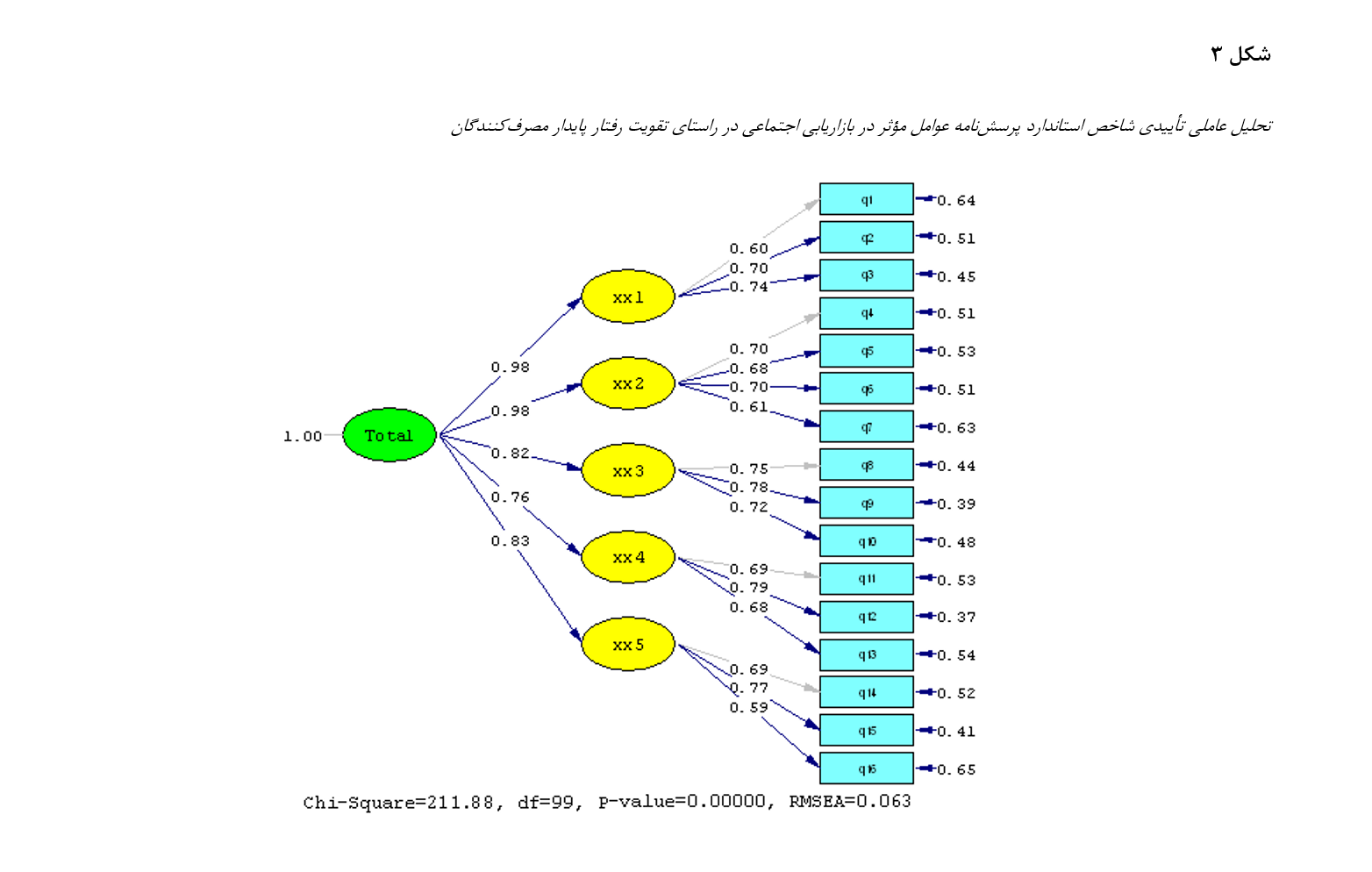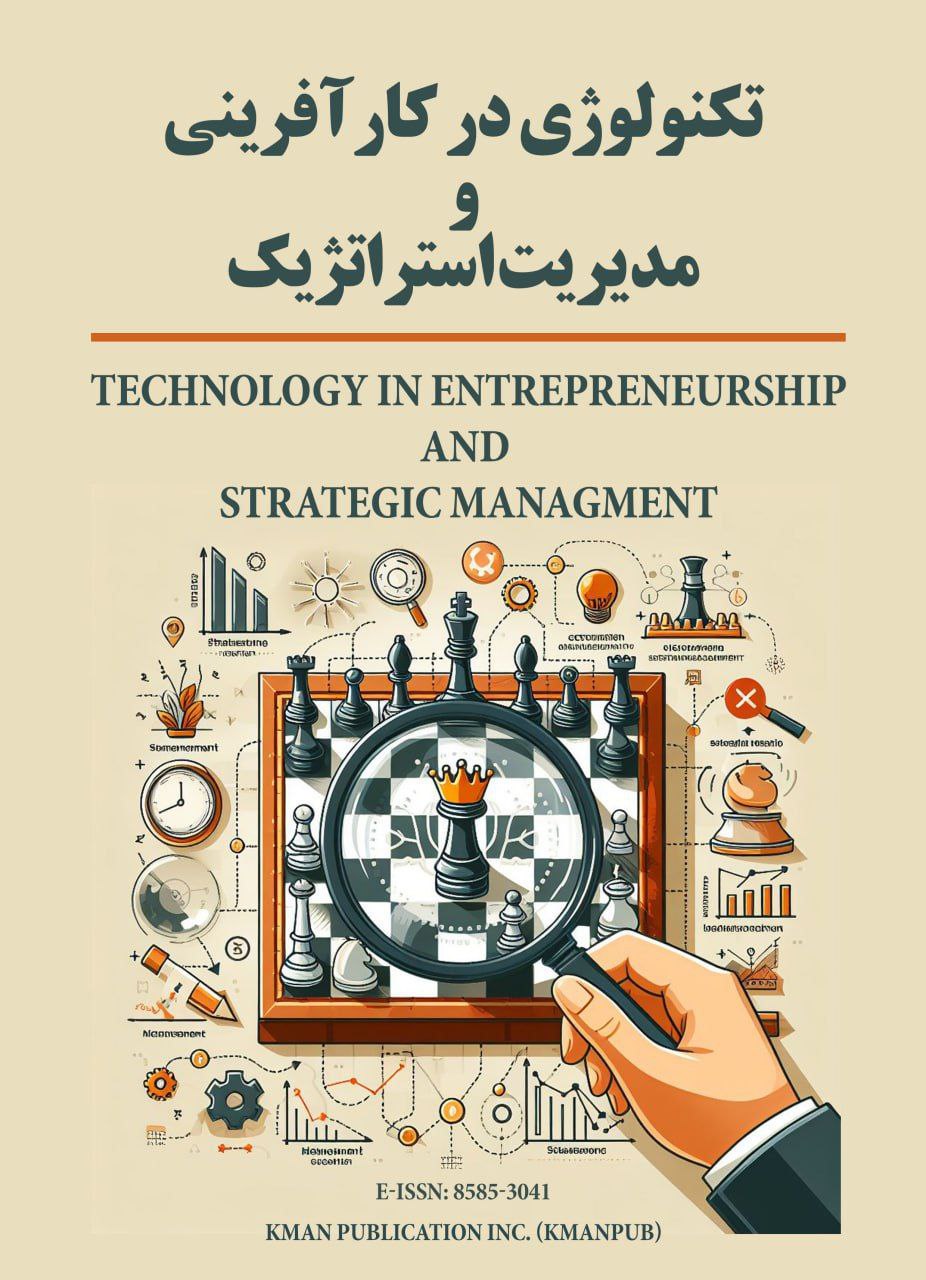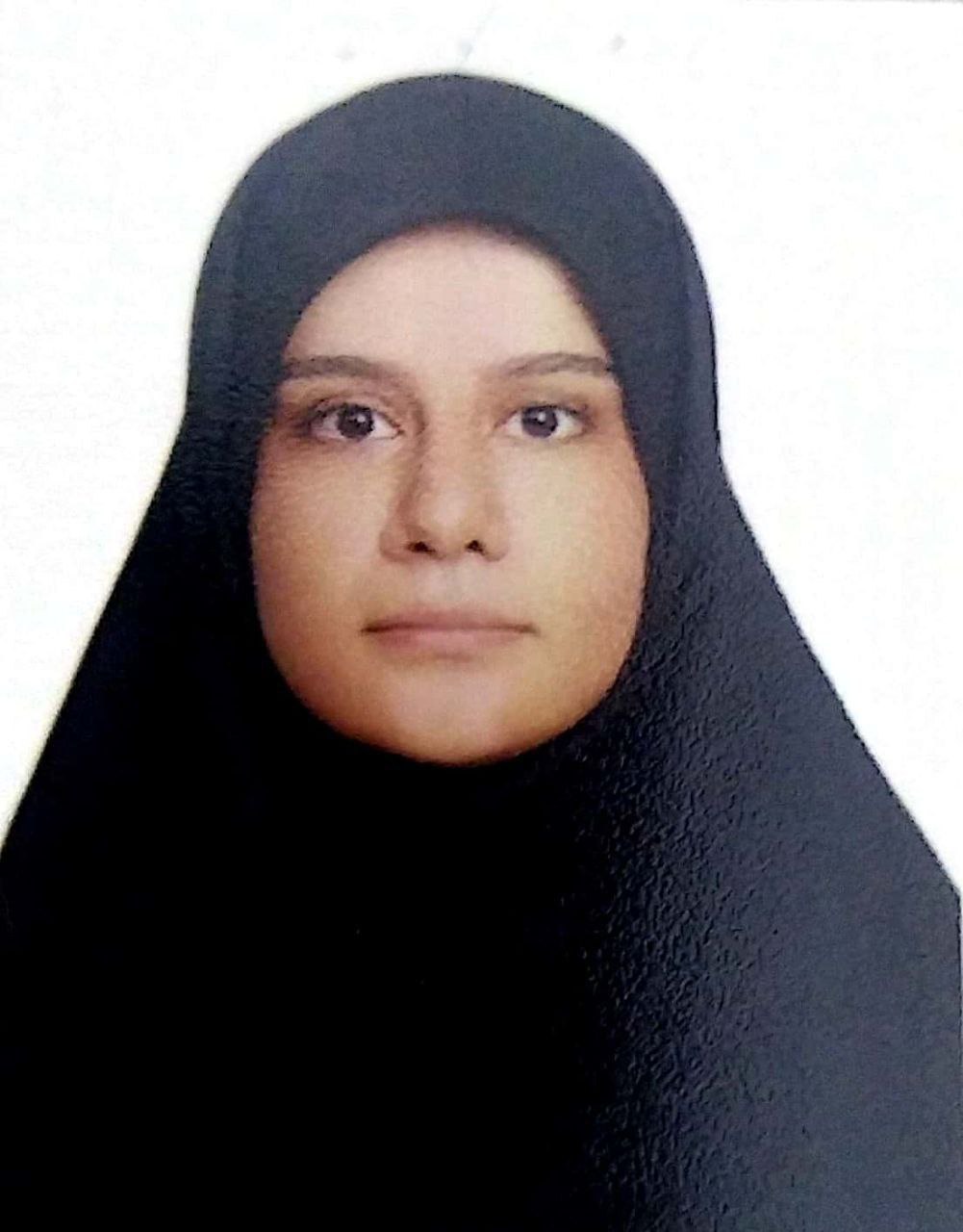Designing a Social Marketing Model to Strengthen Sustainable Consumer Behavior (Case Study: Aryan Kimiatech Company)
Keywords:
marketing, social marketing, sustainable consumer behavior, consumer behaviorAbstract
The present study aimed to design a social marketing model to enhance sustainable consumer behavior within Aryan Kimiatech Company. This research, by nature, was exploratory. The research population in the qualitative section comprised selected articles from both domestic and international databases, as well as academic experts and marketing specialists at Aryan Kimiatech Company. The research tool was an interview, reaching saturation with 20 experts. In the quantitative section, the statistical population included all marketers selling Aryan Kimiatech products, and a simple random sample of 100 individuals was selected. In the qualitative part, the researcher initially identified factors affecting social marketing to promote sustainable consumer behavior by conducting interviews with experts and reviewing existing documents and articles. This stage identified 80 indicators categorized into five main dimensions and 16 sub-dimensions. In the second step, the interpretive structural modeling method was applied. Within this study, the economics and market management component, including competitive market strategy, market assessment, market management, and influencer marketing, was confirmed. Managerial factors, including strategy, external management, customer relationship management, and interactive factors, were validated. Technology and innovation factors, comprising needs assessment and ideation, innovation and creativity in work, technological infrastructure, and practical applications, were also confirmed. Financial and human capital factors, including company engineering economics, communication skills, human resource empowerment, and a sustainable supply chain, were verified. Advertising, branding, and service quality factors, including social and digital media advertising, branding, and service quality improvement, were confirmed. Ultimately, the proposed model was designed and validated.
Downloads






















